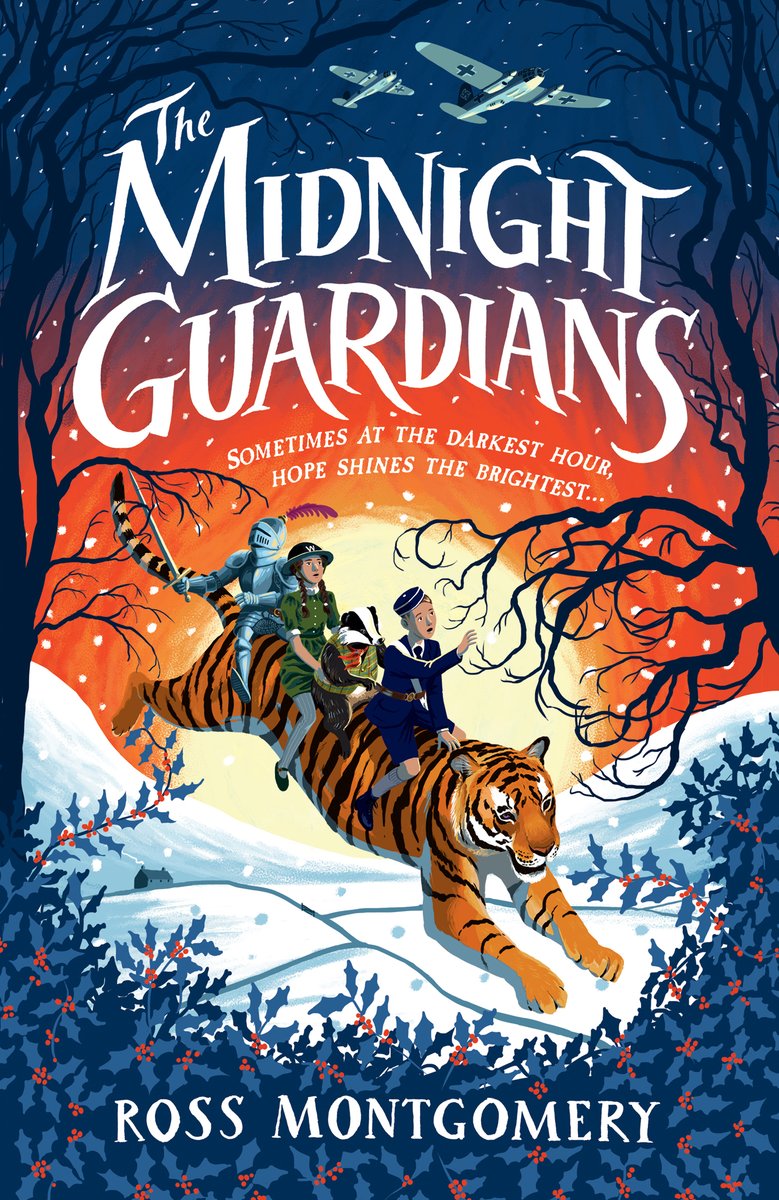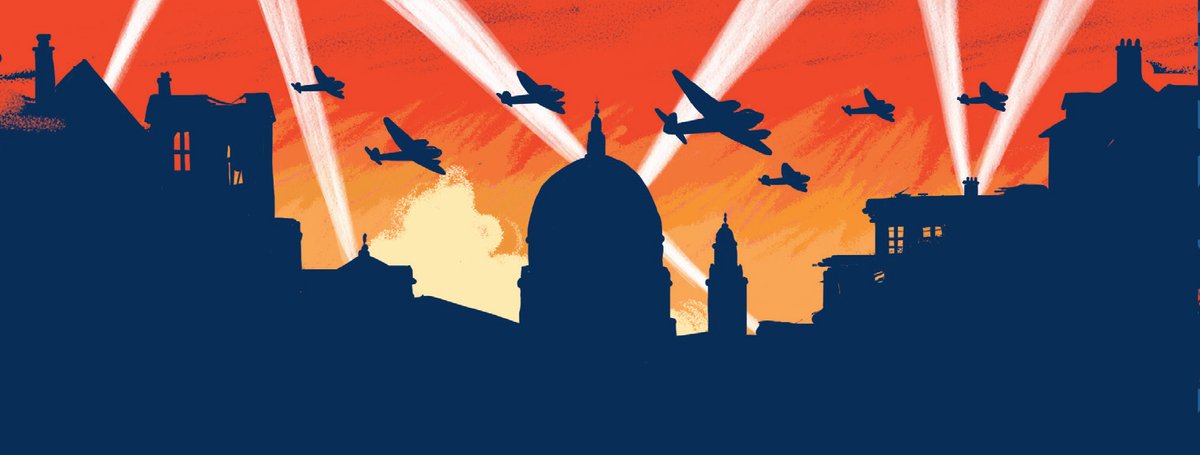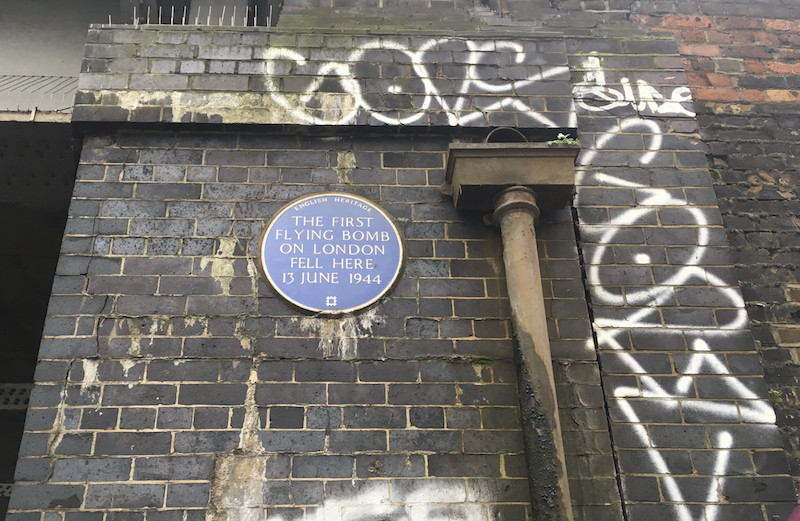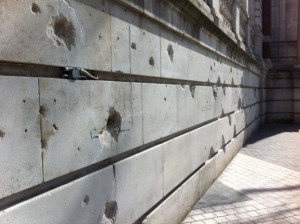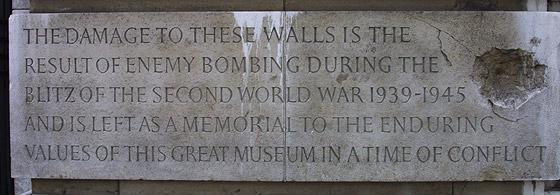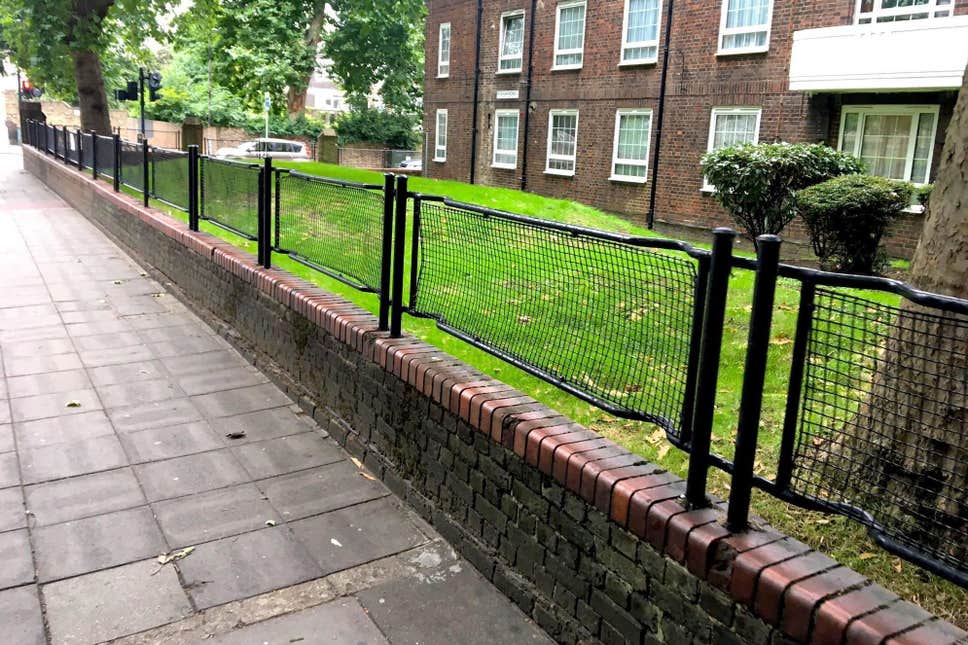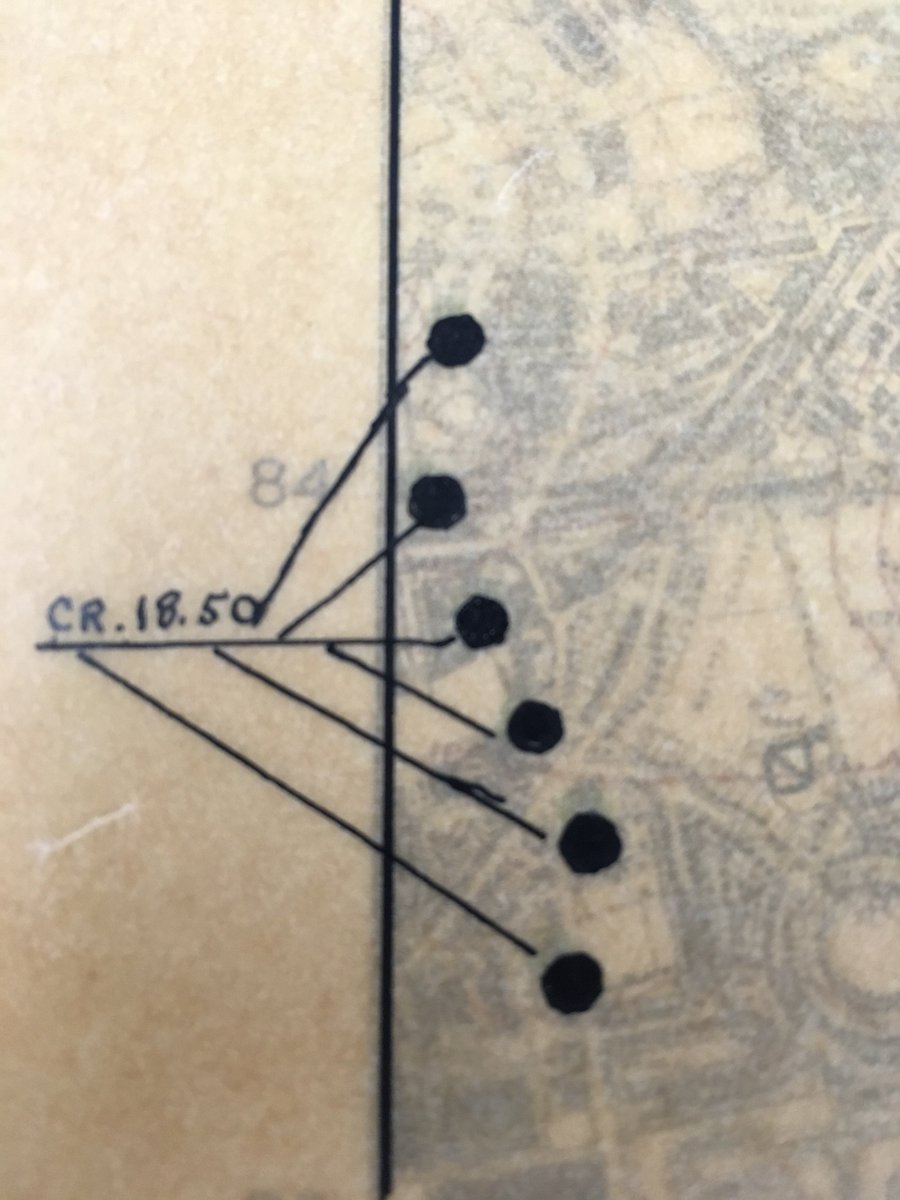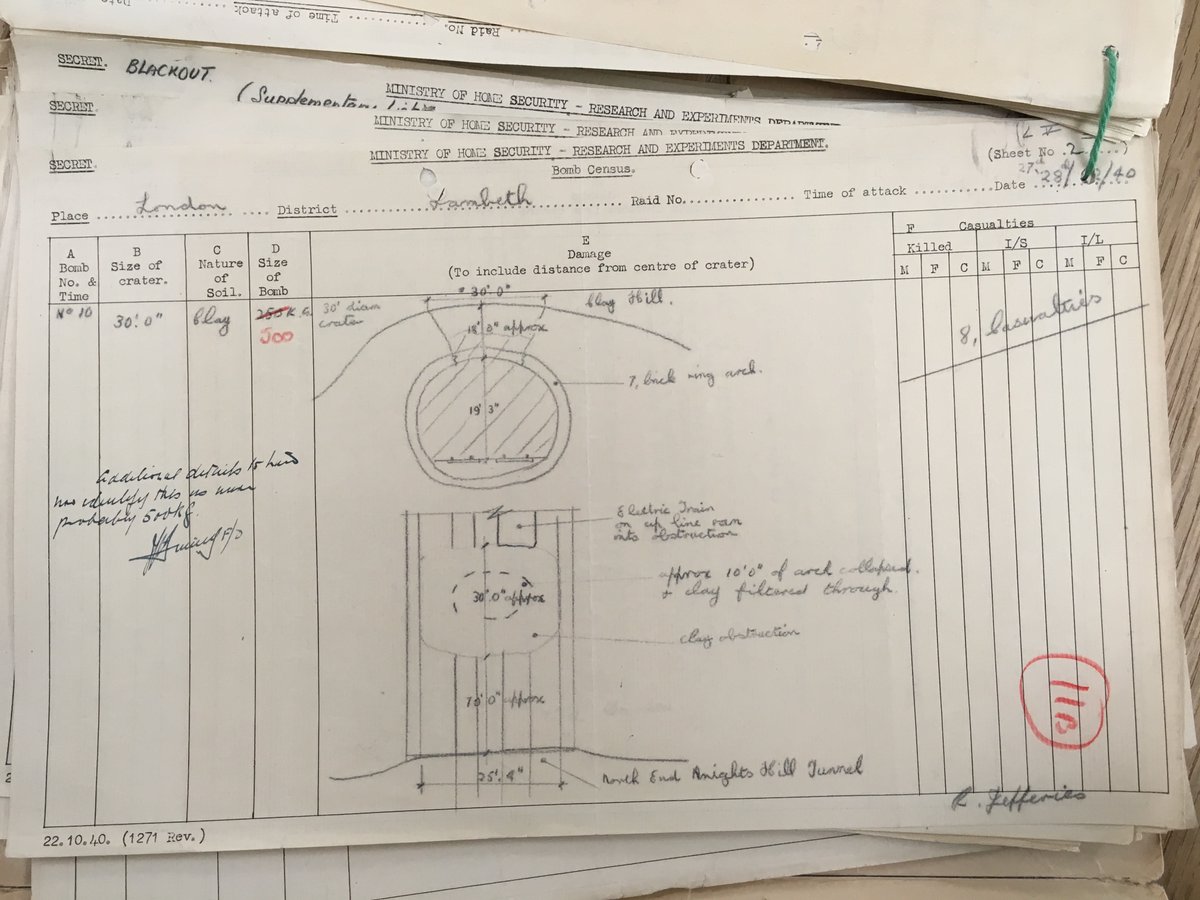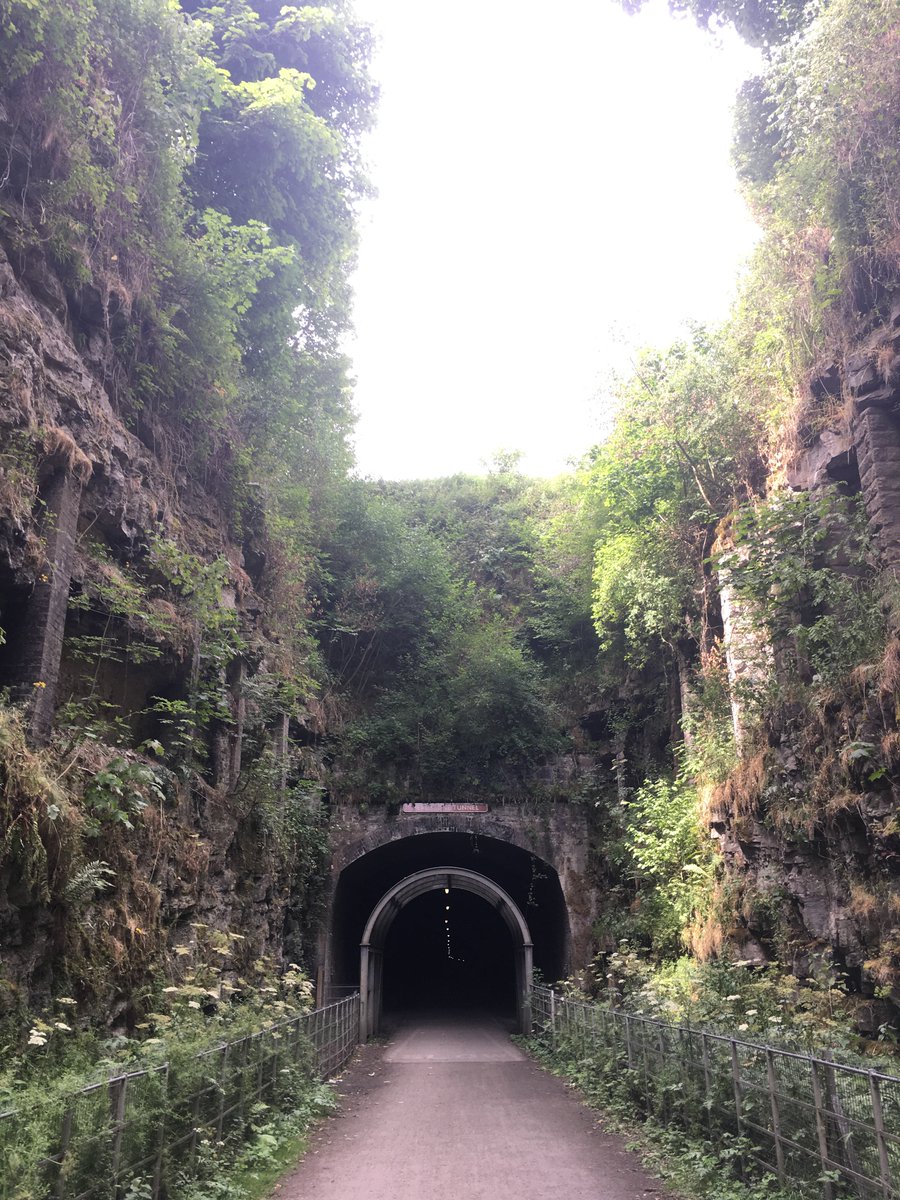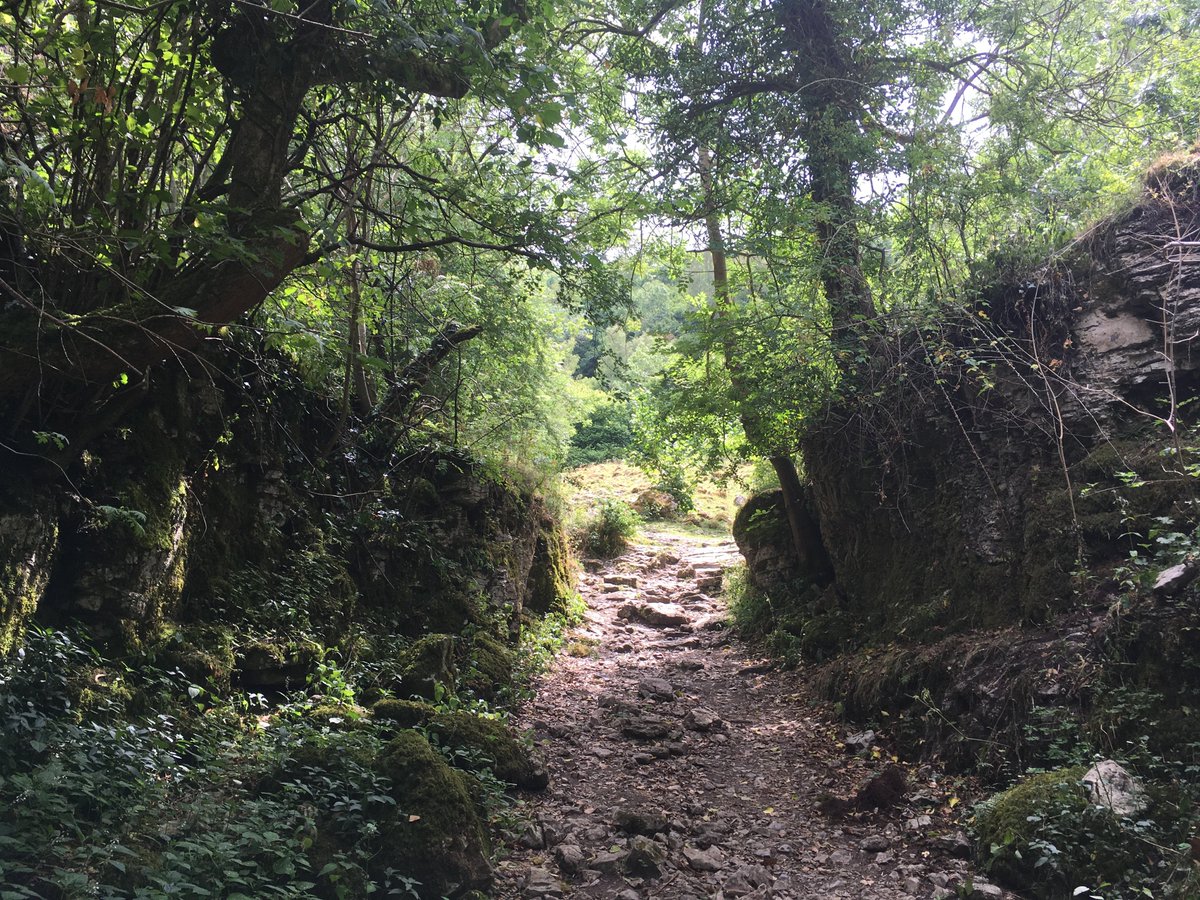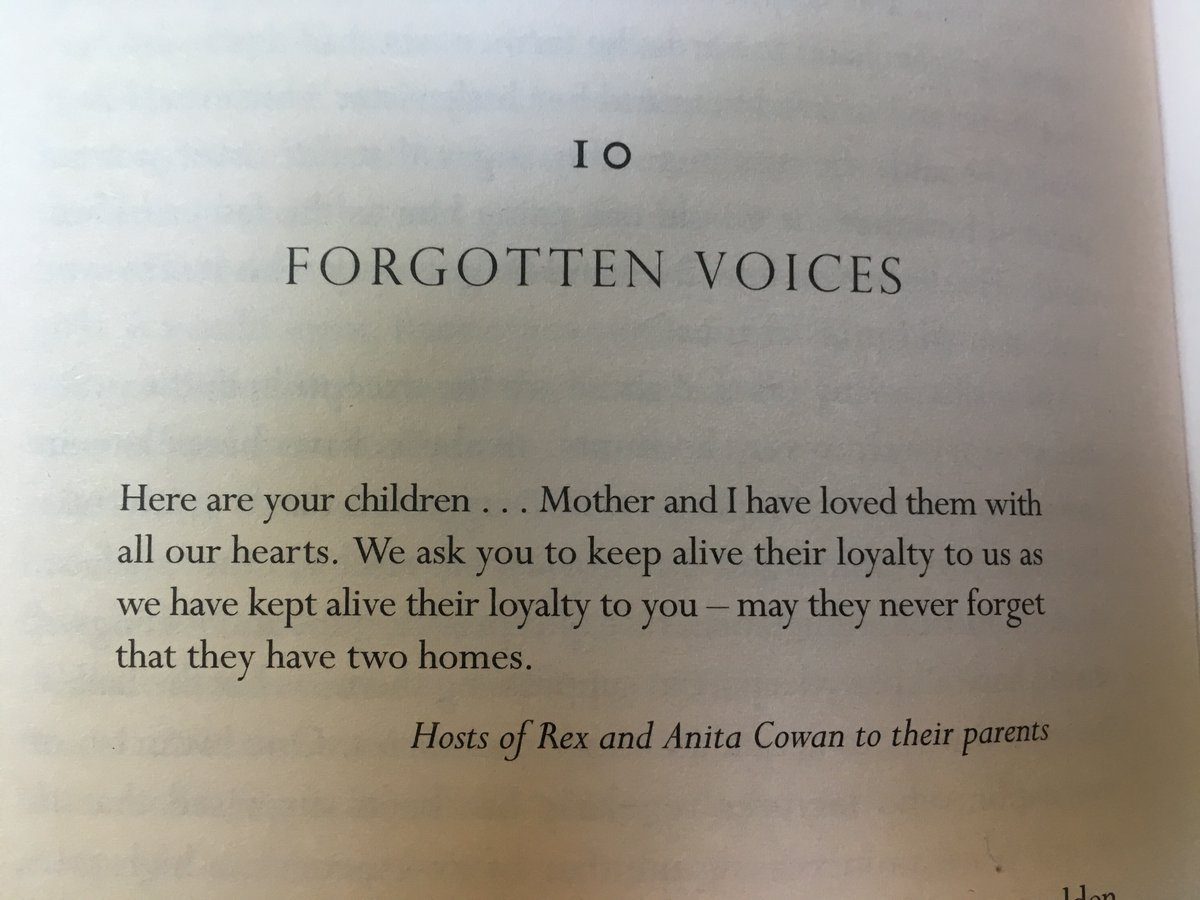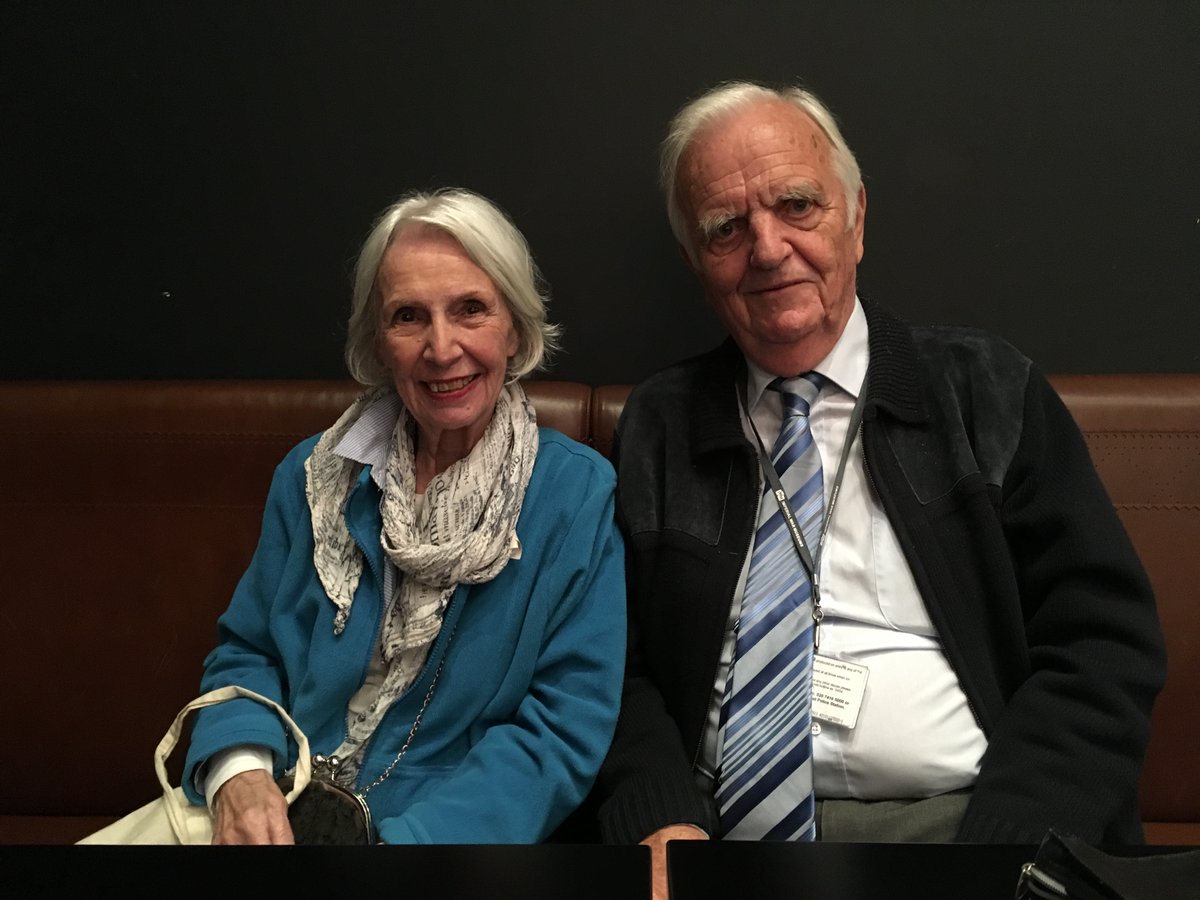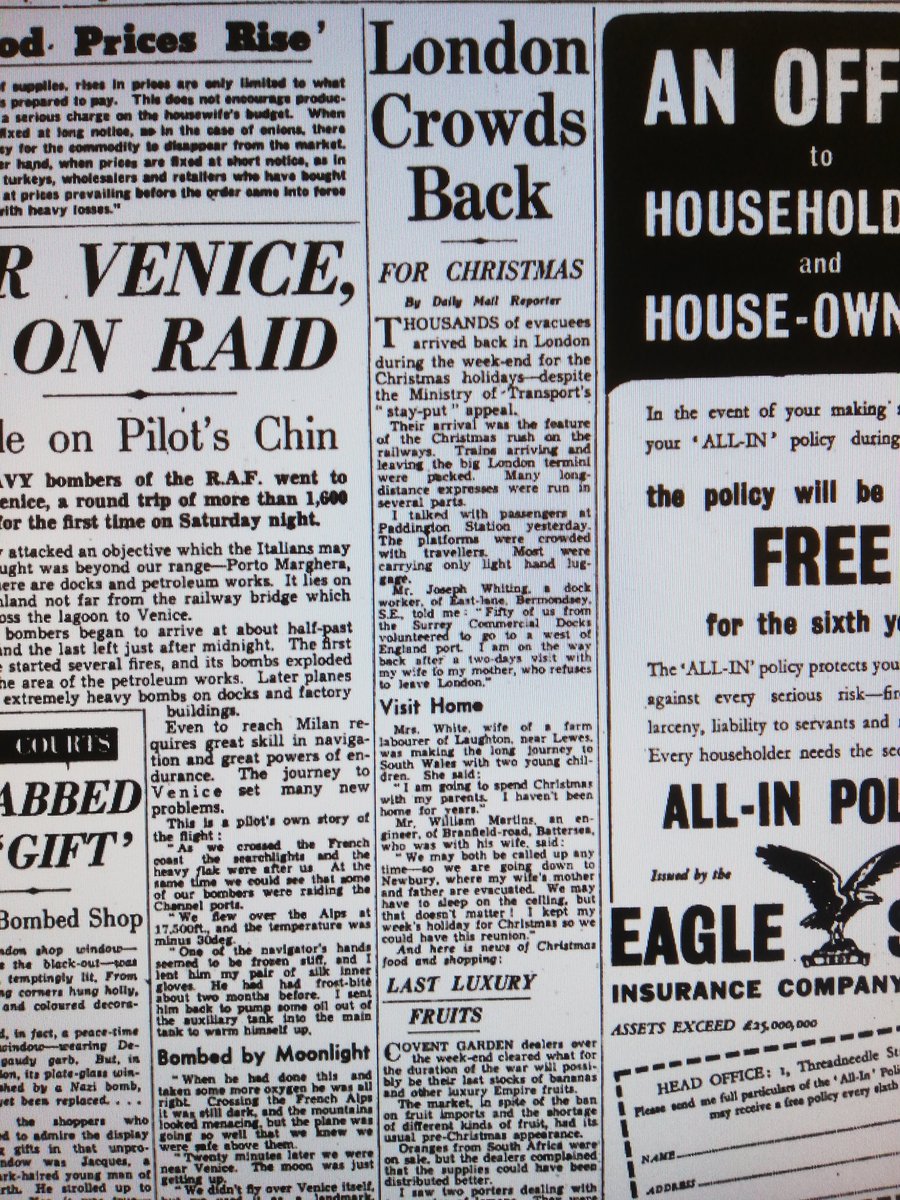Each month, I& #39;m sharing a little about my new book THE MIDNIGHT GUARDIANS (out September 3rd) to give you an idea of what it& #39;s all about!
Today, I want to tell you about some of the research I did... THERE WAS LOTS
#themidnightguardians
@WalkerBooksUK
Today, I want to tell you about some of the research I did... THERE WAS LOTS
#themidnightguardians
@WalkerBooksUK
First, for the lucky few who haven& #39;t spotted my relentless posts, here& #39;s a quick explanation of the plot and main characters! https://twitter.com/mossmontmomery/status/1256150309069623296?s=20">https://twitter.com/mossmontm...
This is my first book set in a real time and place - specifically, from Buxton, Derbyshire to Brixton, London, between the 21st and 31st December 1940, a few months into the first wave of the Blitz. A lot of things happened in those ten days, which I& #39;m not going to spoil here...
I live in London: it was bombed 67 nights in a row in 1940. The very first time I noticed the evidence was this blue plaque, almost hidden under a bridge near where I used to teach. I thought - how incredible that this happened here and I had no idea?
A lot of London was rebuilt after the bombings - you always notice gaps in terraced houses - but there& #39;s still evidence of damage today. They left the shrapnel scars in the walls of the V&A Museum for prosperity - you can see them today.
Where I live in Lambeth, they even recycled the old metal stretchers that carried the wounded in raids and turned them into fences for the housing estates.
As usual, all these thoughts percolated for YEARS before I knew I wanted to write about it - when research time came, I went HOG WILD. I went to the National Archives in Kew, where you can look through the original nightly bomb maps, drawn on giant sheets of tracing paper.
That last one shows a "stick" of bombs, where six were dropped in quick succession. You can then cross-reference the bombs with the reports written by wardens and volunteers on the ground, explaining the damage that they caused
I decided that my main character, Col, would travel to London from Buxton - supposedly "the safest place in Britain" because it was hidden away in the Peak District. Did I travel to Buxton and back in a day? YOU BET I DID! Did I travel by tiger? No.
I *did* hike along the now-disused train track Col which would have used - now a hiking path that goes through old train tunnels to Monsal Dale, a staggeringly beautiful valley with a railway viaduct you can walk across. It& #39;s a totally flat walk too, so its wheelchair accessible!
I also did A LOT of reading too - about the Blitz, about the evacuation, about the Kindertransport. Too much reading, if anything! But it all filtered through. Here& #39;s a heartbreaking quote from WHEN THE CHILDREN CAME HOME: STORIES OF WARTIME EVACUEES by Julie Summers
I also spoke to some amazing people and collected their memories and experiences of the war - too many to list in full. Here are Kitty and Alan, two amazing volunteers who speak to children at the Imperial War Museum about their experiences being evacuated as children
More recently, I collected newspaper articles from the period when the book is set - reassuring to see that ministers bungled constantly and that people weren& #39;t always great at following the rules! Here& #39;s one example (taken just before the staff explained I couldn& #39;t take photos)
It was such a challenge combining real life history with the fantastical elements of the story - magical storms, imaginary friends, giants, fairies, the Green Man and the Midwinter King - but I& #39;m so glad I did it. I hope you enjoy the story when it finally arrives in September!
A reminder that you can pre-order the book now and I will LOVE YOU if you do.
Here& #39;s the Hive link, where you can support you local booksellers: https://www.hive.co.uk/Product/Ross-Montgomery/The-Midnight-Guardians/25038422
...and">https://www.hive.co.uk/Product/R... here& #39;s the Waterstones link! https://www.waterstones.com/book/the-midnight-guardians/ross-montgomery/9781406391183">https://www.waterstones.com/book/the-...
#themidnightguardians
Here& #39;s the Hive link, where you can support you local booksellers: https://www.hive.co.uk/Product/Ross-Montgomery/The-Midnight-Guardians/25038422
...and">https://www.hive.co.uk/Product/R... here& #39;s the Waterstones link! https://www.waterstones.com/book/the-midnight-guardians/ross-montgomery/9781406391183">https://www.waterstones.com/book/the-...
#themidnightguardians

 Read on Twitter
Read on Twitter